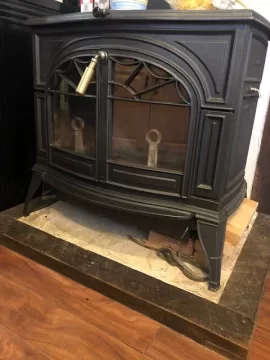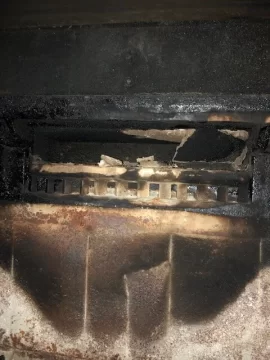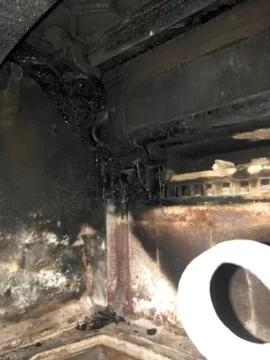Bought this stove and it needs some work. It needs a new refractory box, and cat. New seals all around. My questions are, how big of a job is it to replace the refractory box? I have seen threads on this but was curious if ill run into other issues. This stove also seems to have a lot of black buildup in it. is this a problem?
Thanks in advance.



Thanks in advance.




